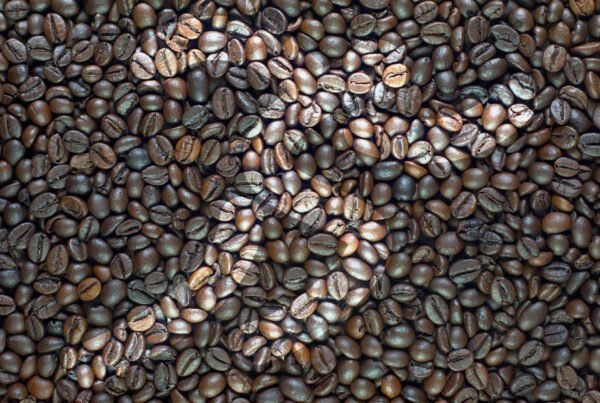Whey protein for weight reduction – Meta-analysis confirms significant effect
A research group at Johns Hopkins University in Baltimore has investigated the effectiveness of whey protein for weight reduction. All studies carried out to date on weight reduction in overweight and obesity were reviewed and the methodologically best were summarized and evaluated in a meta-analysis. Nine randomized controlled trials involving a total of 455 subjects were integrated into the study. The ingested amounts of whey protein were 20-75 g per day for a period of 2 weeks to 15 months.
In addition to the positive results on body composition, the cardiovascular risk profile of the volunteers was also improved. Swissmilk, the Association of Swiss Milk Producers, has reviewed and commented on the study.
Result
Compared to placebo or control diet, the consumption of whey protein resulted in a significantly greater weight reduction, a significantly greater decrease in fat mass, but also a significant increase in fat-free body mass. At the same time, whey protein consumption improved some relevant cardiovascular risk factors: systolic and diastolic blood pressure was lowered, as well as fasting blood glucose and total cholesterol levels – with a simultaneous increase in HDL cholesterol. The scientists concluded from their results that the use of whey protein in patients with overweight and obesity not only supports sensible weight loss but also improves the cardiovascular risk profile.
Comment
Cow’s milk contains about 3 g of high-quality protein per 100 ml. Based on the new parameter for determining the biological value of protein, the “Digestible Indispensable Amino Acid Score” (DIAAS), which also includes the digestibility of each essential amino acid in humans, the proteins of milk and dairy products are far ahead of the rest. Whey protein and casein, whole milk powder, whey concentrates or even isolates reach the highest values. Milk proteins are therefore rated higher in their value than beef. Only then do soy protein isolates follow. The protein of peas, rice and beans is classified even lower in DIAAS.
There are many reasons for the outstanding role of milk protein. It provides a large quantity of essential amino acids per gram of protein consumed, and this in a particularly favourable amino acid profile, in relation to the amino acid requirement. In addition, milk proteins are absorbed at different rates, which increases their biological effectiveness. Casein and whey protein thus achieve different but very well complementary effects: Whey protein is absorbed very quickly and results in a rapid increase in the amino acid concentration in the blood. In contrast, the absorption of casein is delayed due to coagulation in the stomach. As a result, there is a slower but continuous increase in the amino acid concentration in the blood. The rapid postprandial increase of the amino acid concentration – especially of leucine – after consumption of whey protein activates the synthesis process very quickly, while the slow increase after consumption of casein stimulates a permanent stimulation of the synthesis process.
Whey protein is offered as isolate, concentrate or hydrolysate. Its well-known anabolic effect is due to the high proportion of branched-chain amino acids and explains its popularity in weight training. Compared to other proteins, whey protein is characterized by its water solubility, good digestibility and absorption. The increased consumption of whey protein simultaneously reduces appetite and prolongs satiety by stimulating the release of satiety hormones. Whey protein also increases energy consumption by increasing thermogenesis, reduces the release of sugar from the liver and helps to reduce liver fat. Whey protein can therefore be considered an ideal nutritional supplement.
Whey protein from SPONSER
SPONSER® offers a wide range of products with whey protein. In the first place our WHEY ISOLATE 94, SWISS WHEY CONCENTRATE, PREMIUM WHEY HYDRO or also WHEY TRIPLE SOURCE PROTEIN are to be mentioned. The tabular overview Protein Powder in Comparison (PDF) shows how the individual products differ from each other and explains the intended use.









